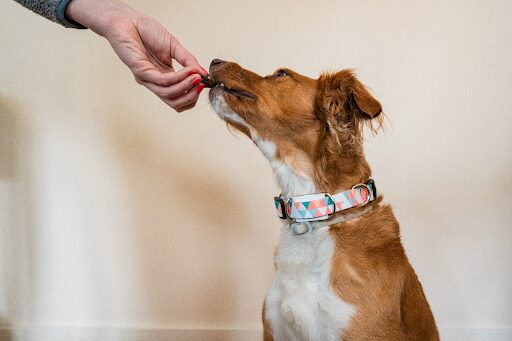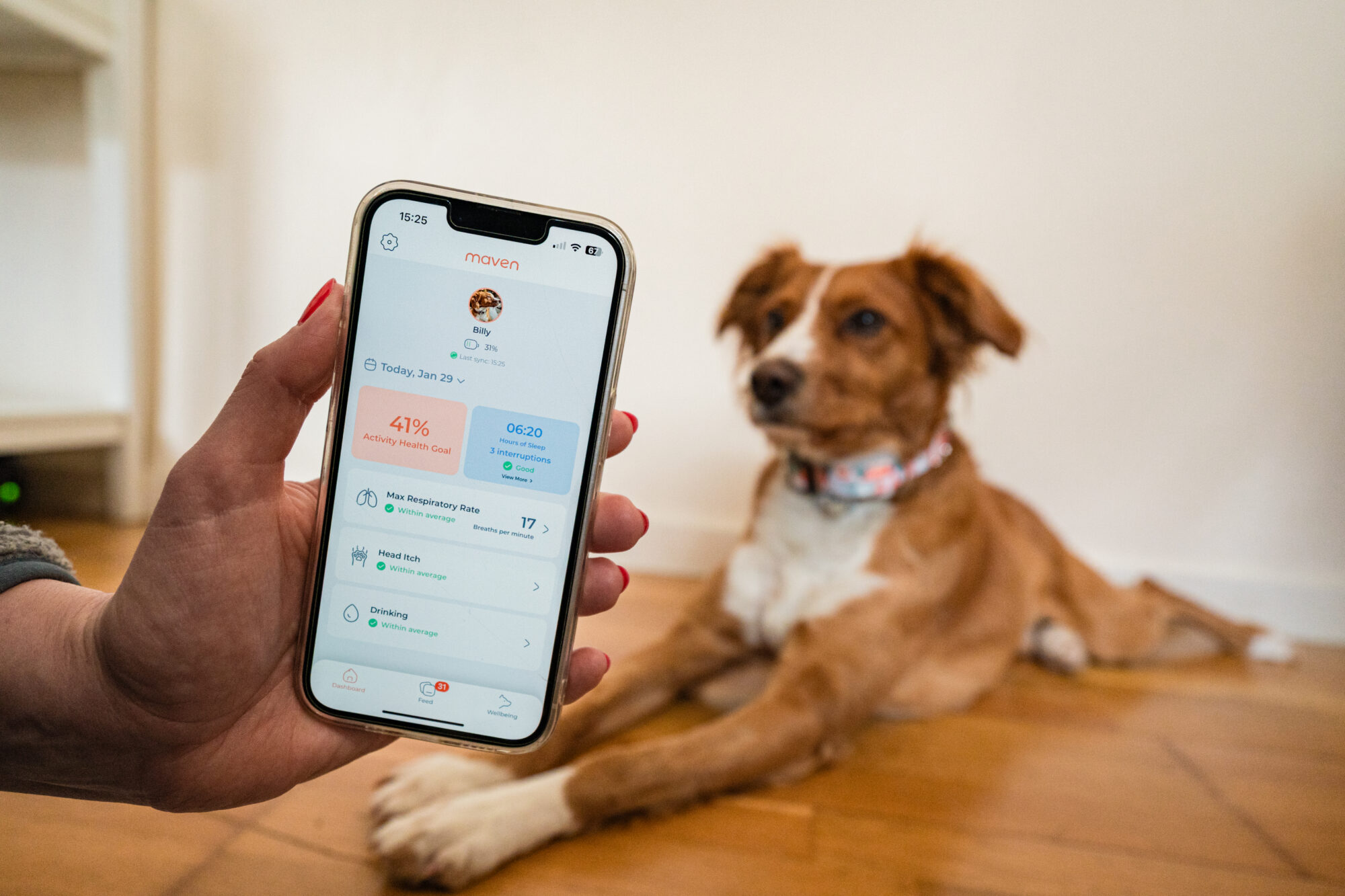The Next Big Shift in Wearable Tech
For years, human healthcare has benefited from a wave of wearable innovation. Devices like the Apple Watch and Fitbit have made it second nature to track our heart rate, sleep patterns, and daily activity. Yet when it comes to our pets, technology adoption has lagged behind — even though they’re just as much a part of the family. That gap is beginning to close thanks to advances in AI, data analytics, and next-generation devices like the pet smart collar, which bring the same proactive, real-time monitoring we’ve embraced for ourselves into the world of pet healthcare.
AI is Redefining What’s Possible in Pet Care
The global pet wearables market reached USD 2.70 billion in 2023 and is projected to more than double by 2030. This growth isn’t just about GPS tracking — it’s driven by AI-powered devices capable of collecting continuous data and turning it into actionable insights. The AI in animal health market itself is expected to grow at over 22% annually through 2030, reflecting rising demand for predictive and preventative care.
In practical terms, these tools move pet care from reactive to proactive. Instead of waiting for visible symptoms, AI can detect changes in a pet’s activity, rest, breathing patterns, or behavior long before they become obvious to owners or veterinarians.

Chronic Condition Management at a New Level
One of AI’s most transformative impacts is in managing chronic health conditions. Pets with arthritis, heart disease, or respiratory problems often need consistent, long-term monitoring to stay healthy. AI-enabled collars and apps can track subtle shifts in mobility, resting respiratory rate, or sleep quality — indicators that might point to disease progression or the need for treatment adjustments.
For example, a small but steady increase in a dog’s nighttime restlessness could indicate worsening joint pain, prompting earlier veterinary intervention. These kinds of insights aren’t possible without continuous, data-driven tracking.
Catching Everyday Health Changes Before They Escalate
Not every health issue is dramatic, but even minor changes can be early warning signs. Reduced activity, increased scratching, or altered sleep patterns might be easy to dismiss — yet they often precede more serious conditions. AI systems excel at spotting these trends, separating meaningful changes from normal fluctuations.
By surfacing these insights early, pet owners can address issues before they require more complex (and costly) treatments, improving both health outcomes and quality of life.
Early Detection in Emergencies
The potential extends to sudden health events. Conditions like seizures, respiratory distress, or acute injuries can escalate quickly. AI-powered monitoring devices can detect the early physiological changes that precede these events, triggering alerts that give owners precious time to act.
In cases where every minute counts, that early warning could make all the difference between a manageable incident and a life-threatening emergency.
Why Adoption Has Lagged — and Why That’s Changing
Despite the clear benefits, many pet parents have yet to adopt smart healthcare devices for their animals. Cost concerns, lack of awareness, and the assumption that these tools are overly complex have slowed uptake.
That perception is starting to shift. Today’s solutions are more affordable, user-friendly, and integrated into everyday routines. The ability to monitor a pet’s health passively — without invasive procedures or constant manual checks — is a game-changer for busy owners.
The Future of Pet Healthcare
The integration of AI and data analytics into pet care isn’t a passing trend — it’s the next major evolution in how we care for our animals. As adoption grows, devices like the pet smart collar will become as commonplace as fitness trackers for humans, offering continuous insights and peace of mind.
In the near future, early detection and personalized health monitoring won’t be a “nice-to-have” for pet parents — it will be the standard of responsible ownership. Those who embrace this shift now will not only be ahead of the curve but will also give their pets the gift of better, longer, and healthier lives.



































